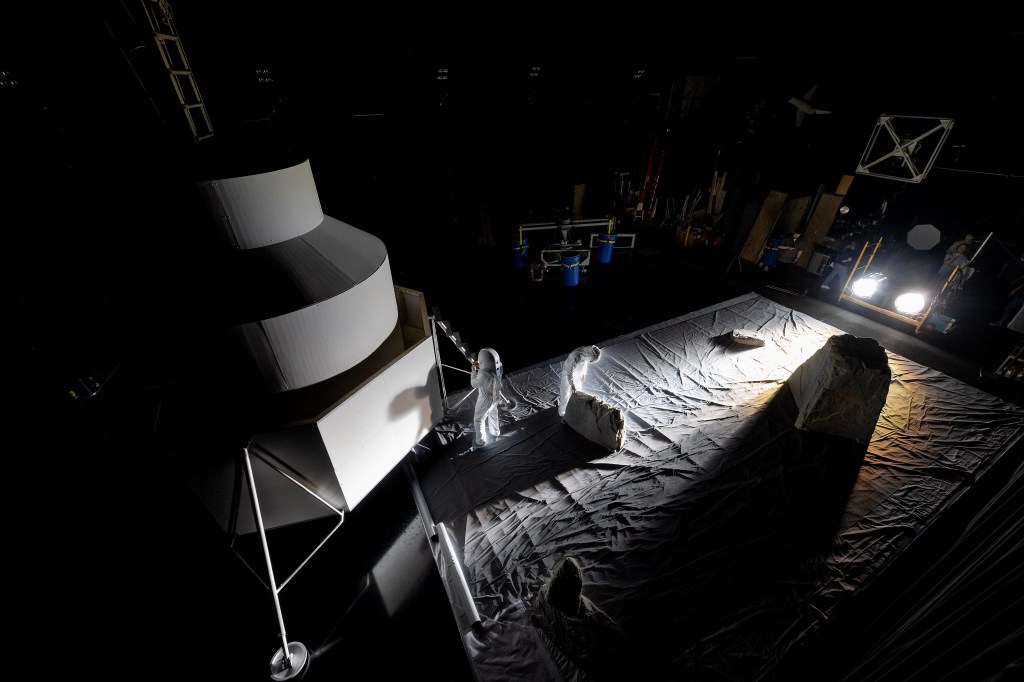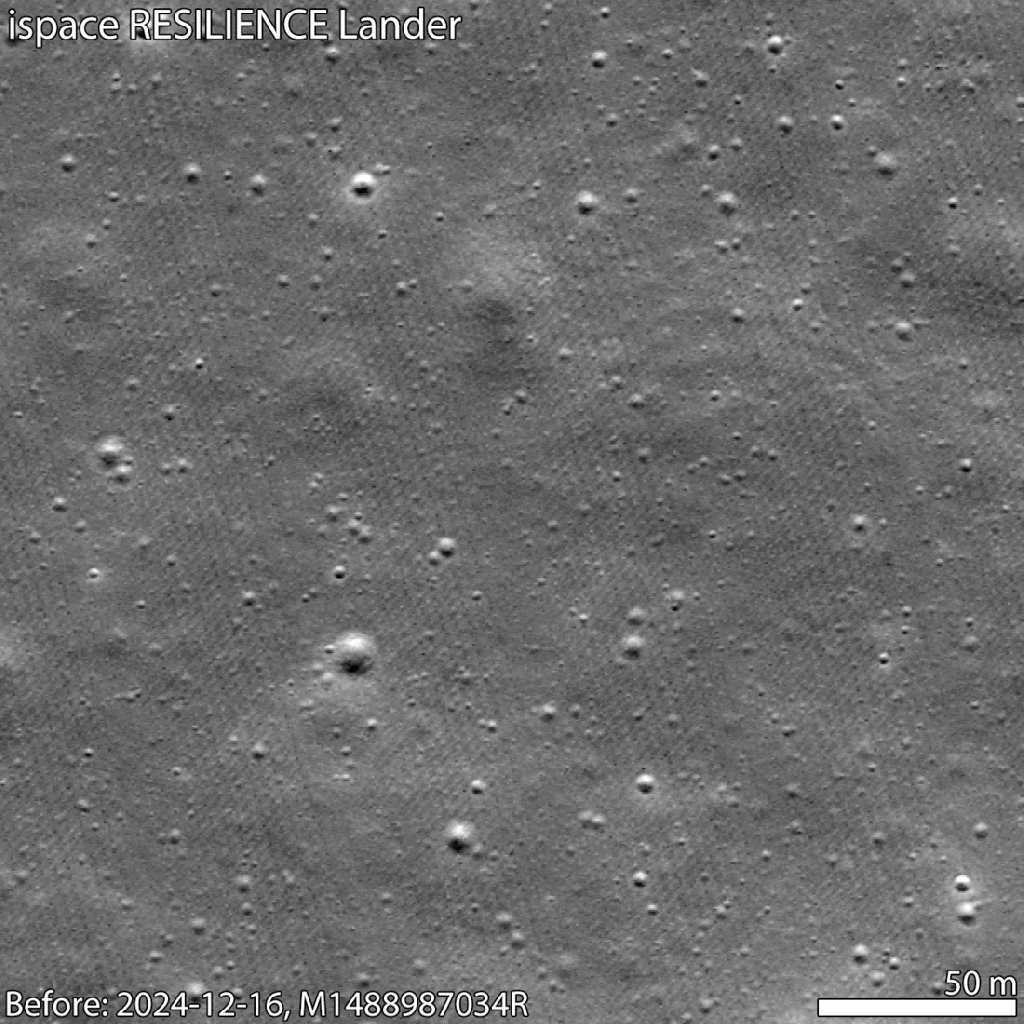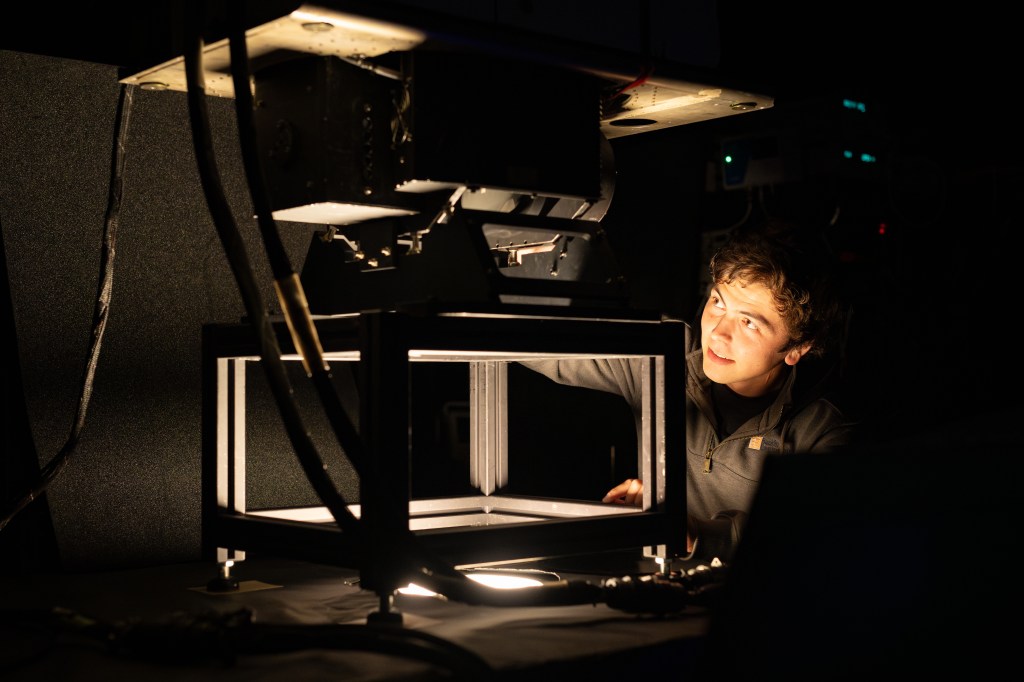What’s Up: April 2022
| Credit | Credit: NASA/JPL-Caltech |
|---|---|
| Historical Date | March 31, 2022 |
| Language |
|
What's Up for April? Conjunction junction and a hidden surprise in the Big Dipper.
At the beginning of April, Venus, Mars, and Saturn form a trio in the southeast before sunrise, with Saturn appearing to move steadily toward Mars each day. On April 1st, they're a couple of finger widths apart. And by the 4th, Saturn and Mars are separated by less than the width of the full moon. Saturn then moves on, increasing its separation from Mars each day, as a new addition to the morning sky makes its debut.
By mid-month, Jupiter is starting to rise in the pre-dawn hour, making for a quartet of planets, strung out in a line across the morning sky. Heading into the last week of April, Jupiter will be high enough above the horizon in the hour before sunrise to make it more easily observed.
The two brightest planets in the sky, Venus and Jupiter, are headed for their own ultra-close conjunction on April 30th, similar to the meetup of Mars and Saturn earlier in the month. In fact, they approach to about the same distance. Of course, the planets are actually far apart in space, and only appear to move closer, or farther apart, in the sky as our view of them across the solar system changes from month to month.
If you recall the grand conjunction of Jupiter and Saturn at the end of 2020, these conjunctions are not quite as close as that, but still really impressive and they'll make for thrilling sights in the morning sky. So definitely try to catch them if you can!
Whether you call it the Big Dipper, or Ursa Major, or the Plough, it's probably the most familiar pattern of bright stars in the northern sky. The Big Dipper is a really useful reference for finding your way around the sky, but it also contains a hidden surprise: One of its stars is really two. Or, actually, six… Let's break that down…
What looks at first glance like a single bright star here, midway along the Dipper's handle, is on closer inspection a double star: Mizar and Alcor. Next time you have a chance, try to see if you can perceive them as two stars with your own eyes. Once you give it try, then grab binoculars if you have them, which will easily show them as separate stars.
The two star systems are around a light-year apart, and are located 80 to 90 light-years away from our solar system, with Alcor taking just shy of a million years to complete an orbit around Mizar.
Now, lots of stars are bound together by gravity in small groups, especially in pairs – or binaries – that orbit around each other. But usually it takes a telescope to be able to see them as separate stars. Mizar and Alcor are a rare example of a double star that you can see as a pair without the aid of a telescope.
But it gets more interesting: Although they appear as a close pair of two stars, they are in fact six. Alcor is a binary pair of stars, while Mizar is actually four stars – two pairs of binaries. So find the unusual "double" stars Mizar and Alcor in the Big Dipper in April, where what at first appears as one star is, in reality, a six-star system.
Stay up to date with all of NASA's missions to explore the solar system and beyond at nasa.gov. I'm Preston Dyches from NASA's Jet Propulsion Laboratory, and that's What's Up for this month.













.jpg?w=1024)













